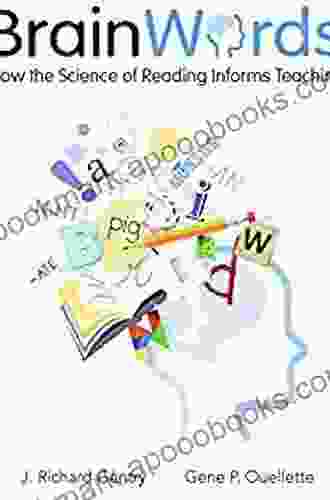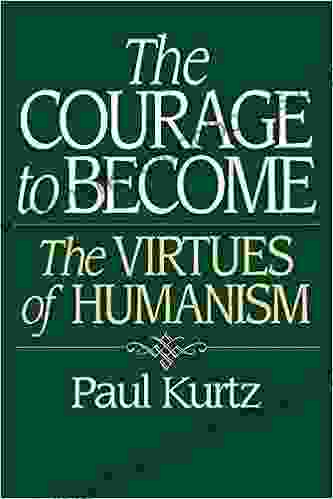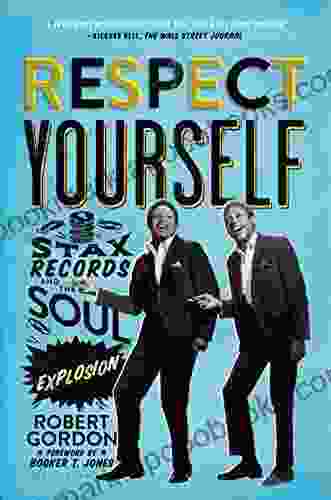How The Science Of Reading Informs Teaching

4.7 out of 5
| Language | : | Spanish |
| File size | : | 1151 KB |
| Text-to-Speech | : | Enabled |
| Enhanced typesetting | : | Enabled |
| Word Wise | : | Enabled |
| Lending | : | Enabled |
| Screen Reader | : | Supported |
| Print length | : | 433 pages |
| Hardcover | : | 154 pages |
| Item Weight | : | 10.2 ounces |
| Dimensions | : | 6 x 0.58 x 9 inches |
Unleashing the Power of Evidence-Based Reading Instruction
The ability to read is a fundamental skill that opens doors to a world of knowledge and opportunity. Yet, for many students, learning to read can be a challenging journey. But what if there was a way to make teaching reading more effective and engaging? Enter the science of reading.
The science of reading is a field of research that investigates the cognitive processes involved in reading. This research has led to a wealth of evidence-based strategies that can help teachers improve their teaching practices and help students become more successful readers.
The Five Pillars of Effective Reading Instruction
According to the science of reading, there are five essential pillars of effective reading instruction:
- Phonemic awareness. This is the ability to hear and manipulate the individual sounds in words.
- Phonics. This is the relationship between letters and sounds.
- Fluency. This is the ability to read quickly and accurately.
- Vocabulary. This is the store of words that a person knows and understands.
- Comprehension. This is the ability to understand what you read.
These five pillars are essential for reading success. If a student is weak in any one of these areas, it can have a negative impact on their overall reading ability.
Evidence-Based Reading Strategies
The science of reading has identified a number of evidence-based strategies that can help teachers improve their reading instruction. These strategies include:
- Explicit instruction. This is when teachers explicitly teach students about the different components of reading, such as phonemic awareness, phonics, and comprehension.
- Systematic and cumulative instruction. This means teaching reading skills in a systematic and cumulative way, so that students build on their prior knowledge and skills.
- Multisensory instruction. This involves using a variety of sensory modalities, such as sight, sound, and touch, to teach reading skills.
- Feedback and assessment. This is essential for providing students with feedback on their progress and for assessing their understanding of reading concepts.
These are just a few of the evidence-based reading strategies that teachers can use to improve their teaching practices. By implementing these strategies, teachers can help students become more successful readers.
The Benefits of Science-Based Reading Instruction
The benefits of science-based reading instruction are numerous. Some of these benefits include:
- Improved reading comprehension. Students who receive science-based reading instruction have been shown to have better reading comprehension skills than students who do not receive this type of instruction.
- Increased reading fluency. Science-based reading instruction can also help students to read more fluently.
- Enhanced vocabulary. Students who receive science-based reading instruction have been shown to have a larger vocabulary than students who do not receive this type of instruction.
- Greater motivation to read. Students who are successful at reading are more likely to be motivated to read. Science-based reading instruction can help students to become more successful readers, which can in turn lead to increased motivation to read.
If you are a teacher who is looking for ways to improve your reading instruction, the science of reading can help. By implementing evidence-based reading strategies, you can help your students become more successful readers and reap the many benefits of reading.
The science of reading is a powerful tool that can help teachers to improve their reading instruction and help students become more successful readers. By understanding the five pillars of effective reading instruction and implementing evidence-based reading strategies, teachers can create a classroom environment that is conducive to reading success.
If you are interested in learning more about the science of reading, there are a number of resources available online. You can also find information about the science of reading in your state's department of education website.
By working together, teachers, parents, and students can use the science of reading to create a brighter future for all readers.
4.7 out of 5
| Language | : | Spanish |
| File size | : | 1151 KB |
| Text-to-Speech | : | Enabled |
| Enhanced typesetting | : | Enabled |
| Word Wise | : | Enabled |
| Lending | : | Enabled |
| Screen Reader | : | Supported |
| Print length | : | 433 pages |
| Hardcover | : | 154 pages |
| Item Weight | : | 10.2 ounces |
| Dimensions | : | 6 x 0.58 x 9 inches |
Do you want to contribute by writing guest posts on this blog?
Please contact us and send us a resume of previous articles that you have written.
 Book
Book Novel
Novel Page
Page Chapter
Chapter Text
Text Story
Story Genre
Genre Reader
Reader Library
Library Paperback
Paperback E-book
E-book Magazine
Magazine Newspaper
Newspaper Paragraph
Paragraph Sentence
Sentence Bookmark
Bookmark Shelf
Shelf Glossary
Glossary Bibliography
Bibliography Foreword
Foreword Preface
Preface Synopsis
Synopsis Annotation
Annotation Footnote
Footnote Manuscript
Manuscript Scroll
Scroll Codex
Codex Tome
Tome Bestseller
Bestseller Classics
Classics Library card
Library card Narrative
Narrative Biography
Biography Autobiography
Autobiography Memoir
Memoir Reference
Reference Encyclopedia
Encyclopedia Koni Scavella
Koni Scavella Elaine Cunningham
Elaine Cunningham Patrick T Reardon
Patrick T Reardon Jay Perin
Jay Perin Warren Eckstein
Warren Eckstein Peter B Kaufman
Peter B Kaufman Gayl Jones
Gayl Jones Eleni Maria Georgiou
Eleni Maria Georgiou Edward Lucas
Edward Lucas Gerry Conway
Gerry Conway George Washington Plunkitt
George Washington Plunkitt Sabaa Tahir
Sabaa Tahir Lora Powell
Lora Powell Jenny Lewis
Jenny Lewis Duane Shinn
Duane Shinn Ed Podesta
Ed Podesta E C Land
E C Land Edwin Crane
Edwin Crane Marifran Korb
Marifran Korb Drew Lindsay
Drew Lindsay
Light bulbAdvertise smarter! Our strategic ad space ensures maximum exposure. Reserve your spot today!
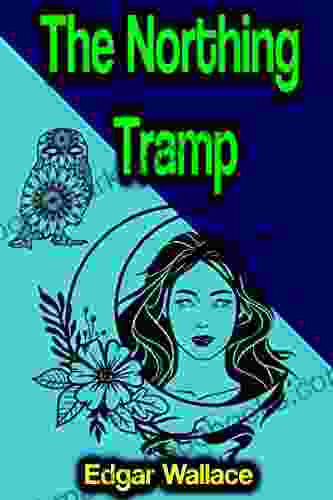
 Alexander BlairUnraveling the Enigmatic World of "The Northing Tramp": A Literary Enigma by...
Alexander BlairUnraveling the Enigmatic World of "The Northing Tramp": A Literary Enigma by...
 Roberto BolañoElevate Your Flute Repertoire with 101 Hit Songs: A Comprehensive Guide to...
Roberto BolañoElevate Your Flute Repertoire with 101 Hit Songs: A Comprehensive Guide to...
 Carter HayesPromise Is Promise: An Unforgettable Tale of Love, Loyalty, and the Power of...
Carter HayesPromise Is Promise: An Unforgettable Tale of Love, Loyalty, and the Power of... Andy ColeFollow ·9.3k
Andy ColeFollow ·9.3k Jake CarterFollow ·6.6k
Jake CarterFollow ·6.6k Dave SimmonsFollow ·18.4k
Dave SimmonsFollow ·18.4k Fred FosterFollow ·12k
Fred FosterFollow ·12k Doug PriceFollow ·12.2k
Doug PriceFollow ·12.2k Henry JamesFollow ·5.5k
Henry JamesFollow ·5.5k Edgar HayesFollow ·10k
Edgar HayesFollow ·10k Ethan GrayFollow ·18.8k
Ethan GrayFollow ·18.8k
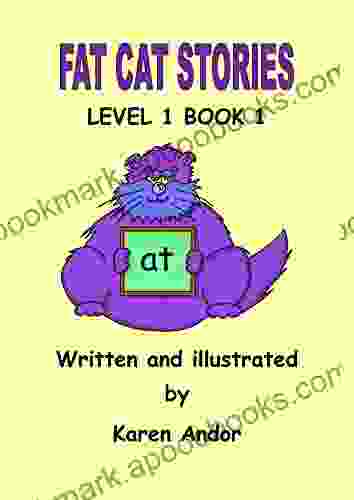
 Eugene Powell
Eugene PowellFat Cat Stories: Level At Word Family - A Purrfect Start...
Introducing the 'At'...
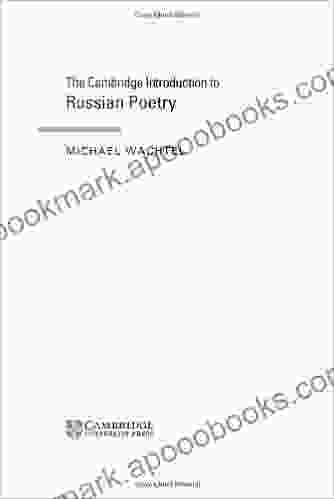
 William Powell
William PowellUnveiling the Treasures of Russian Poetry: The Cambridge...
Immerse yourself in the...

 Roberto Bolaño
Roberto BolañoUnveiling the Treasures of Beowulf: A Guided Tour with...
: Delving into the...

 Foster Hayes
Foster HayesTransport, Climate Change and the City: Tackling Urban...
Transport is a major...

 Calvin Fisher
Calvin FisherHow To Make It In The Music Industry: The Ultimate Guide...
Are you an aspiring musician with...
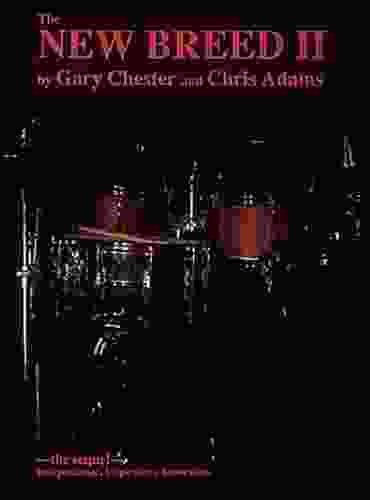
 Rick Nelson
Rick NelsonUnveiling the Enigmatic World of Gary Chester's "The New...
Step into a World...
4.7 out of 5
| Language | : | Spanish |
| File size | : | 1151 KB |
| Text-to-Speech | : | Enabled |
| Enhanced typesetting | : | Enabled |
| Word Wise | : | Enabled |
| Lending | : | Enabled |
| Screen Reader | : | Supported |
| Print length | : | 433 pages |
| Hardcover | : | 154 pages |
| Item Weight | : | 10.2 ounces |
| Dimensions | : | 6 x 0.58 x 9 inches |


